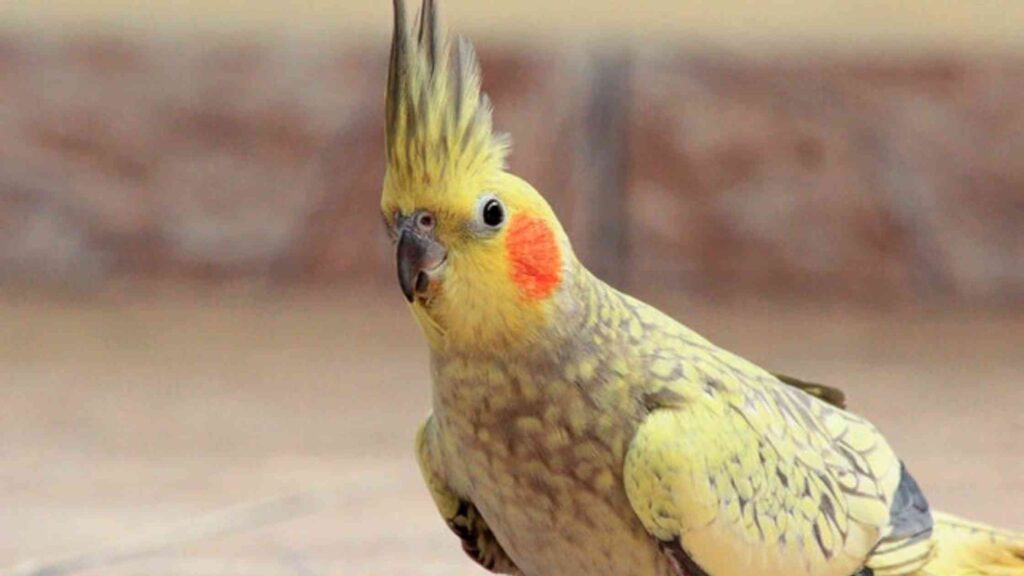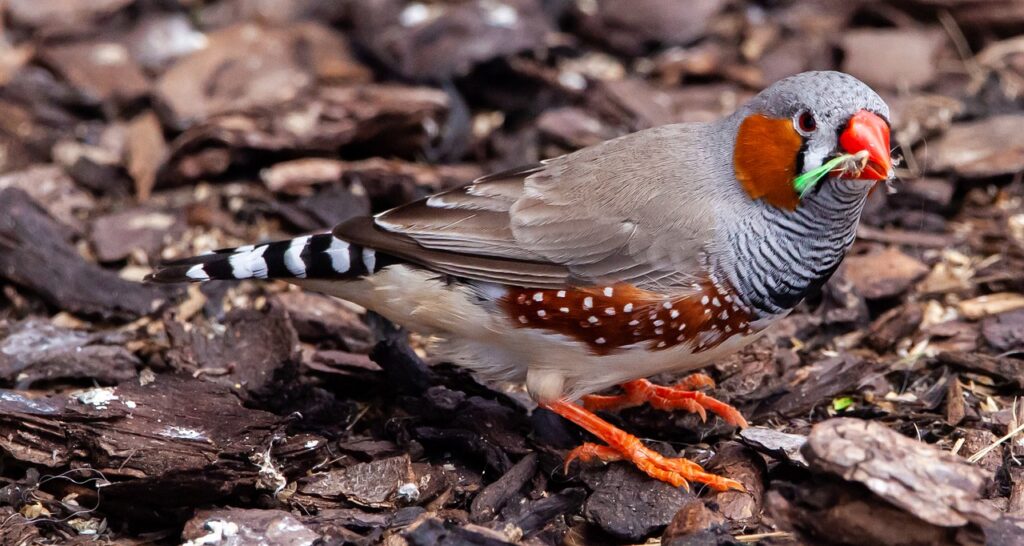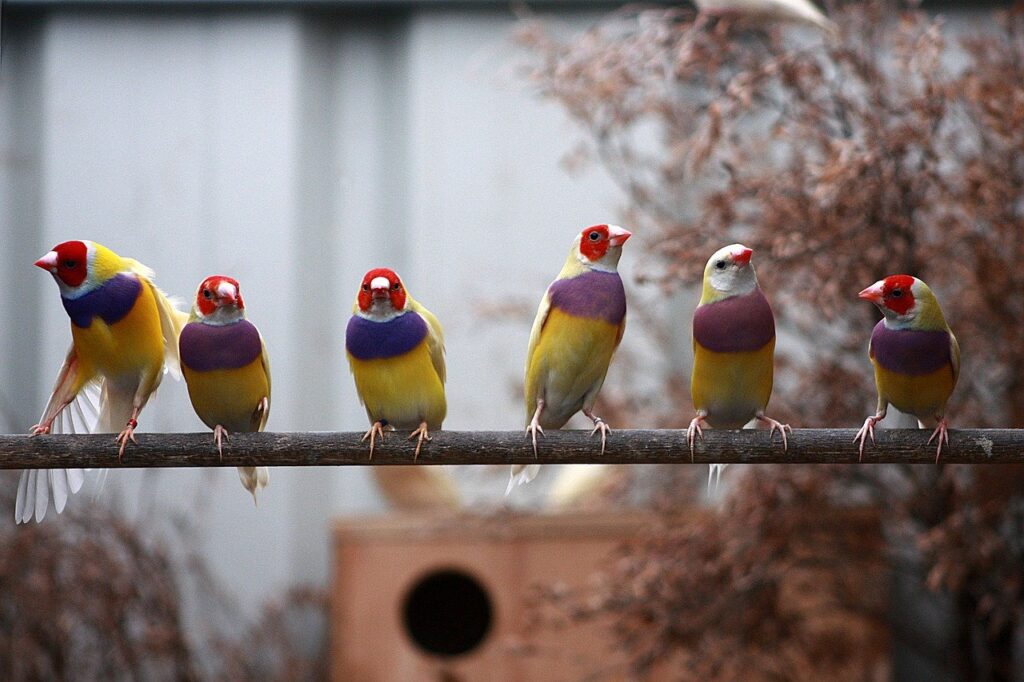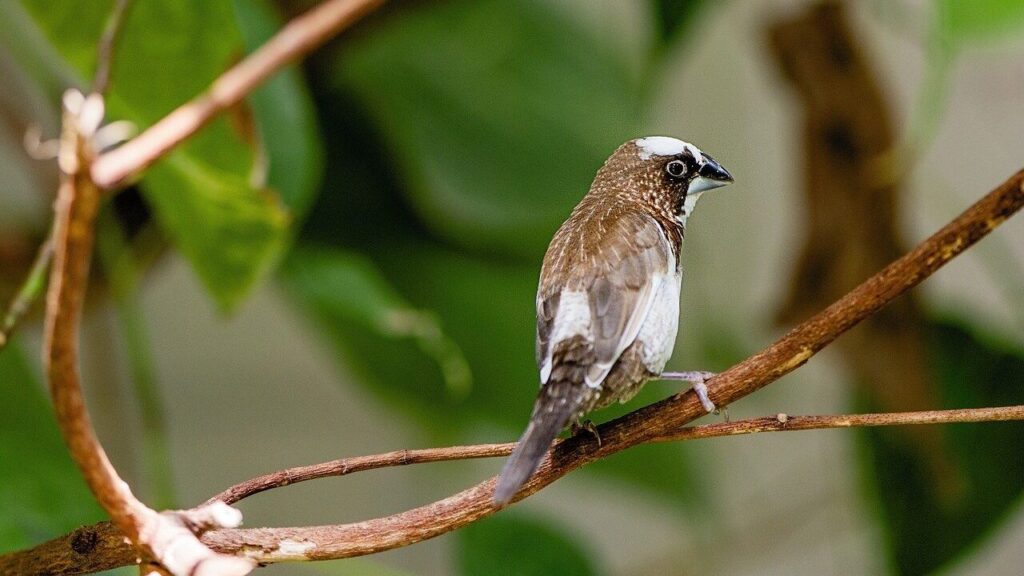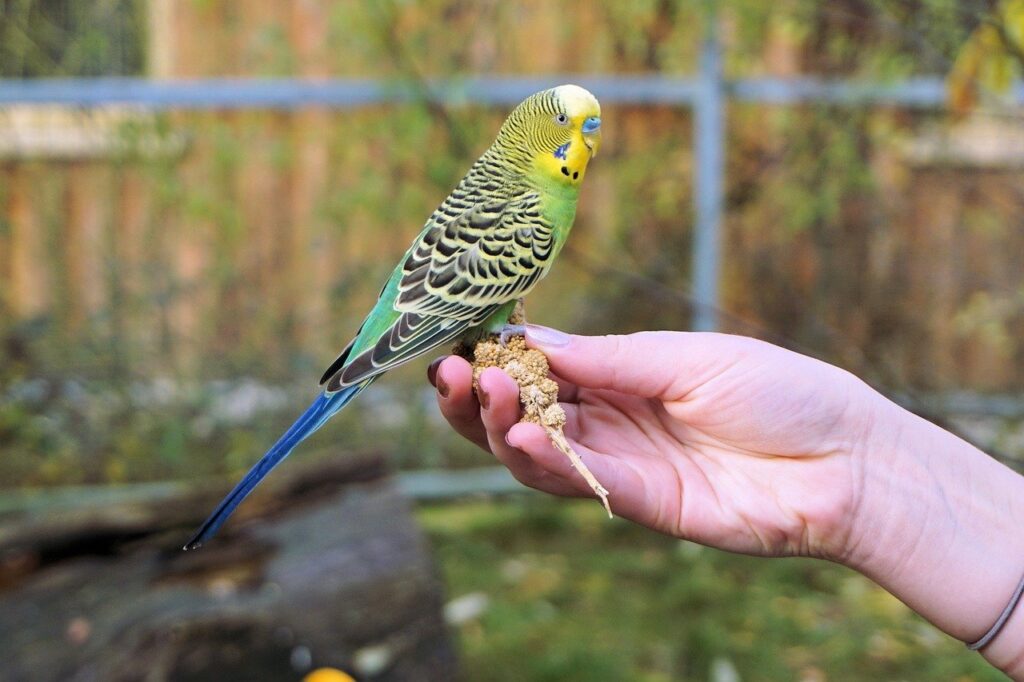There are many different types of mutations available in the Cockatiels. Today we are going to see the top 10 most popular Cockatiel Color Mutations and varieties. So you’ve heard about all of these varied colours and patterns, but how do you tell them apart, and more importantly, what type of bird do you have? There are three sorts of mutations, like changing the bird’s colour, changing the colour of the face markings, and changing the pattern.
10 Cockatiel Color Mutations & Varieties
- Normal Grey Cockatiel
- Cinnamon Cockatiel
- Fallow Cockatiel
- Lutino Cockatiel
- Silver Cockatiel
- Olive (AKA Emerald) Cockatiel
- Pied Cockatiel
- Pearl Cockatiel
- White Face Cockatiel
- Pastel Face Cockatiel
Let’s begin with the colours. We can identify six distinct colour variations. Although more Cockatiel Color Mutations have been on occasion, and many of the hues have different names, these are the Cockatiel Color Mutations and names recognized by all cockatiel and bird associations. Cockatiels birds are originally from Australia and are related to many other cockatoos.
#1 Normal Grey Cockatiel
The natural hue of cockatiels in the wild is normal grey. Normal grey Cockatiel Color Mutations are the most popular ones. Except for the white stripe on each wing, the bright yellow face and crest, and the orange cheek spots, a mature male’s body is dark grey. The tail is lighter in colour than the body, although it is still grey. All juvenile birds, even mature females (immature males will also look like this; as they mature, they become like the above description!) They will all have the same grey body and white wing stripes but a dull yellow face with orange cheek markings. It frequently appears to be a golden ‘wash’ across their heads, appearing almost greenish. On their tails and lower bodies, they feature yellow ‘barring.’ The barring on the underside of the tail feathers is the most noticeable, while the stripes and dashes on the rest of the tail feathers are less visible but still noticeable.
#2 Cinnamon Cockatiel
Apart from grey, cinnamon is one of the most popular Cockatiel Color Mutations. It’s the same as the preceding descriptions, but instead of grey, it’s a pale dusty’ silver/brownish tint all over the body. It seems light grey, but it has a browner overtone and a paler, softer look. Some are also a very noticeable brown colour. Cinnamon females have the same appearance as cinnamon males, except that a female’s face is not as bright yellow, and she has wing spots on the underside of her wings and bars on the bottom of her tail do most females.
#3 Fallow Cockatiel
Fallow is quite similar to cinnamon, and it’s difficult to tell the two differently unless you put them next to each other. Fallow has the same dusty brown tint as cinnamon, although it’s more yellowish than cinnamon’s brownish tone. The fallow-coloured birds have dark red eyes, which is the fundamental difference between them. It typically appears to be regular black eyes at first glance, and even on closer study. However, under the appropriate light (a camera flash will frequently bring them out, but look for a red IRIS, not the red pupil that occurs in any coloured eye hit by a camera flash!), they are a dark red colour. Most fallow cockatiels are identified as cinnamon until someone discovers their eye colour (which is frequently never found!), and the colours and markings are the same as the cinnamon.
#4 Lutino Cockatiel
The other popular Cockatiel Color Mutations is lutino. The cockatiel is a pure white to the yellow bird. From a buttercup yellow to a clear snowy white, the lutinos are founded in a wide range of colours. Male and female tiles, as well as immature tiles, are all the same colour and pattern. Though the barred tails of young and adult hens can sometimes be visible, the fact that the barred tails of males can also be seen makes it challenging to tell them apart! The entire body of all lutinos is solid yellow to white, including the wings, tail, and belly/chest. The lutino’s head is always a bright yellow colour, with orange cheek patches. Many people assume that they must have a male because of this, but it is different from the other hues in that both males and females can have the same brightness, making the sexes look the same. The eyes of all lutino cockatiels are red (though it can vary from a deep red that looks dark to a bright, prominent red).
#5 Silver Cockatiel
Silver is a complex metal. There are two different types of silver in cockatiels, and you can receive single and double factors from one of them! Allow me to attempt to explain. There are two types of silver: dominant and recessive. The recessive silver is a pale silvery tint, similar to a faint normal grey, with the same red eyes as fallow and lutinos. Depending on how many genes were acquired from the parents, the dominant silver can now be a double factor or single factor. The fundamental difference between the double and single factors is that the double factors are lighter. The dominant silver is the same light silver colour as the recessive silver, but it has a dark grey tint. ‘Skull cap,’ a notably darker shade of grey at the top of their heads/behind the crest. Dark eyes are found in dominant silver cockatiels (both double and single factor). Silver has the same face/sex-linked colours as standard grey, both dominant and recessive. Immature birds and mature females have drab faces and banded tails, whereas adult males have bright faces and plain tails. The white wing stripe and dots on the flight feathers are all there.

#6 Olive (AKA Emerald) Cockatiel
Olive (also known as Emerald) -is a rare Cockatiel Color Mutations rarely seen outside of a breeder’s aviary or at a show. It’s a pale grey bird with a thick yellow wash that gives it a distinct greenish tone. The olive mutation comes in a wide range of colours, with some being extremely light and others being fairly dark. The feathers of olive cockatiels feature a scalloped pattern. The outer edges of each feather are darker than the centres, giving each feather the appearance of being edged in a faint scalloped design.
#7 Pied Cockatiel
Pied is a popular design. Where there would typically be no white/yellow, the pied mutation causes bands of white/yellow to fall. A pied teil is similar to a piebald horse in that it has portions of usually coloured and patterned areas and other areas that are plain yellow/white. The patches can range from a few yellow/white flight or tail feathers to almost entirely white/yellow with only a few coloured feathers and everything in between. Pied Cockatiel Color Mutations are remarkable in that while being a recessive characteristic (a tail can carry the gene for being pied and pass it on to its children without being pied), you can tell when a tile is carrying the pied gene. What about the cockatiels with the yellow/white spot on the back of their heads? Are they all? Divided in half to pied’ It just means they have the gene and have the ability to have pied children, but they are not pied themselves. The pied gene also has the unique property of overriding the typical face/sex-related colouring. In the pied mutation, the way a pied baby is when it’s young is the same way it’ll be when it’s older. Whereas an average adult male will get the bright head and the female will retain the flathead, the way a pied baby is when it’s young is the same way it’ll be when it’s older. It doesn’t matter if it has a flat head, a bright head, or patches of both on its head and face; it will always be the same, regardless of gender. A pied tile with a glowing face is not a male, and a pied tile with a dull face is not a female. To put it another way, you can’t tell the sexes of pied cockatiels by looking at them!
#8 Pearl Cockatiel
Another popular Cockatiel Color Mutations is pearl. It’s the lovely speckled patterning that covers the tile’s body. Each every feather is patterned, which distinguishes it from the pied. Each feather’s white/yellow spot(s) provides a lacing/spotting/speckling look. Its exact design on the feather varies, with some having a thick lacy pattern and others having faint spotting. Some are concentrated on the back and wings, while others are uniformly distributed across the body. The pearl gene has an unusual feature in that it causes most mature males to lose their speckling effect over time, whereas females keep it. When a male pearled teil moults for the first time, he loses a lot of his speckles.’ Though he will have a few scattered spots, these will go away throughout several moults. The majority of males will lose their speckling, but some will not. All females will retain their patterns, making them the mutation’s favoured gender! Even if a male loses his patterning and appears to be a regular male, he is still a pearl and carries the pearl genes.
#9 White Face Cockatiel
The white face is a spectacular Cockatiel Color Mutations that is rather prevalent. It’s also pretty self-explanatory! When paired with the white face Cockatiel Color Mutations, the mutation removes all yellow and orange pigmentation from the teil, turning whatever was formerly yellow or orange white. The face and head get entirely white. The face is still duller in all juvenile birds and adult females, but it’s a dimmer grey with a fainter grey cheek mark, rather than the dull yellow and orange (remember, there is no yellow or orange in a white face teil). After his first moult, the adult white face male develops a dazzling solid white head. Also, instead of yellow patches, a white face pied will have white patches, and a white face pearl will have white speckles. A white face chick emerges out of its egg with white fuzz, whereas any other mutation is yellow fuzzy. As a result, a white face chick is identifying as such from the moment it hatches! The albino cockatiel is one to keep an eye on. A cockatiel that is albino does not exist. The solid white cockatiels with red eyes are a combination of the lutino (solid yellow/white body) and white face (absence of a cheek spot and lack of any yellow or orange pigment) mutations, giving the bird an entirely white appearance (with the red eyes of the lutino), If the bird is completely white, with no colour on the cheeks or crest. Still, its eyes are black and not red. It is a Clear Pied (also known as a Dark-Eyed Clear). It is not an Albino.
#10 Pastel Face Cockatiel
Pastel Face is a rare mutant that looks just like it sounds. The cockatiels’ yellow and orange colouring has been subdued to a more pastel’ tone. It is making the cheek spot a faint pastel orange and the face a pale yellow. It’s worth noting that it’s distinct from the regular dull of the immature and female face and that it shows up as a different, pastel shade of yellow and orange even in the juvenile female face.
Summary
That concludes our discussion. That is the whole list of Cockatiel Color Mutations & varieties recognized by all cockatiel societies and associations. Cockatiel birds also look like small cockatoos. Some people call the mutations by different names, and some claim to have discovered new mutations. However, these are usually unproven or just variations of existing mutations. Before I continue, I’d want to mention that mutations can double, triple, and quadruple in size! “Whiteface, cinnamon, pearl, pied” is a popular and lovely combo. It’s a mouthful, but remember it, and we’ll go over it as an example. It’s a tail with no yellow/orange. Thus it has a white head and white markings (the white face mutation), dusty brown tint (cinnamon), speckled pattern (pearl), and solid patches of white (the pied). Because of the white face mutation, they’re white patches, not yellow patches). Any of the colour mutations can be coupled with one or both of the markings and any face colours! As a result, the tail can and does come in a vast and beautiful tail rainbow!



